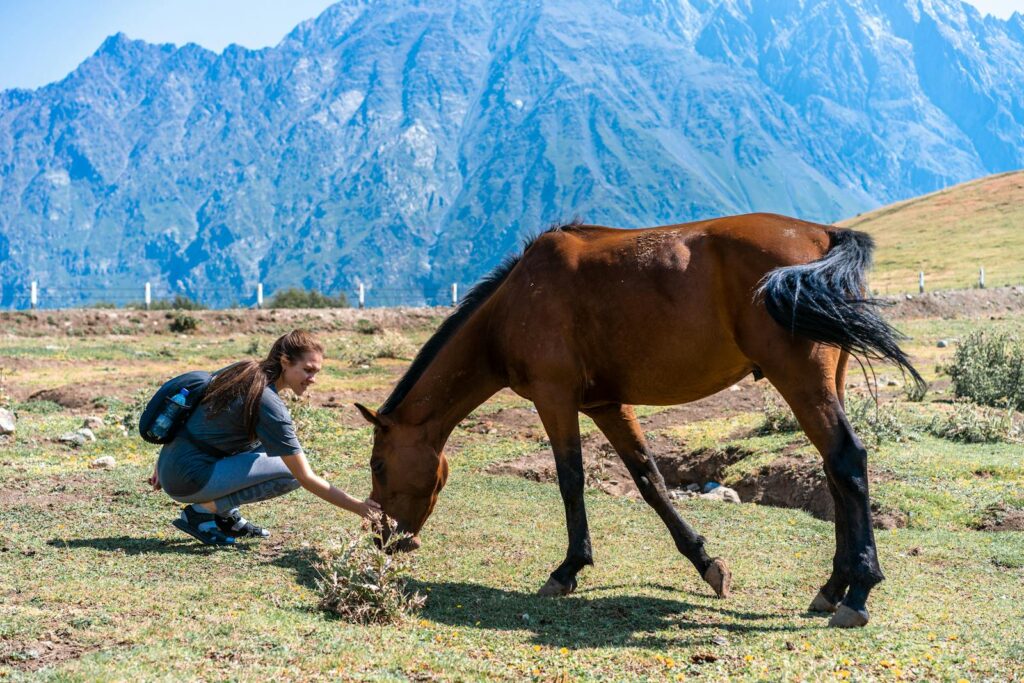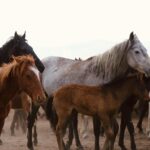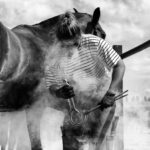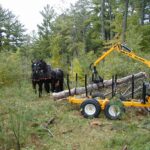Horses are magnificent animals that require meticulous care, particularly when it comes to their nutrition and weight management. As large herbivores with sensitive digestive systems, horses need carefully balanced diets tailored to their individual needs, activity levels, and health conditions. Proper weight management is crucial not only for performance but also for preventing serious health issues like laminitis, metabolic disorders, and joint problems. This comprehensive guide explores the essential practices for monitoring and maintaining optimal equine weight and nutrition, providing horse owners with practical strategies to keep their four-legged companions healthy and thriving.
Understanding Your Horse’s Ideal Weight
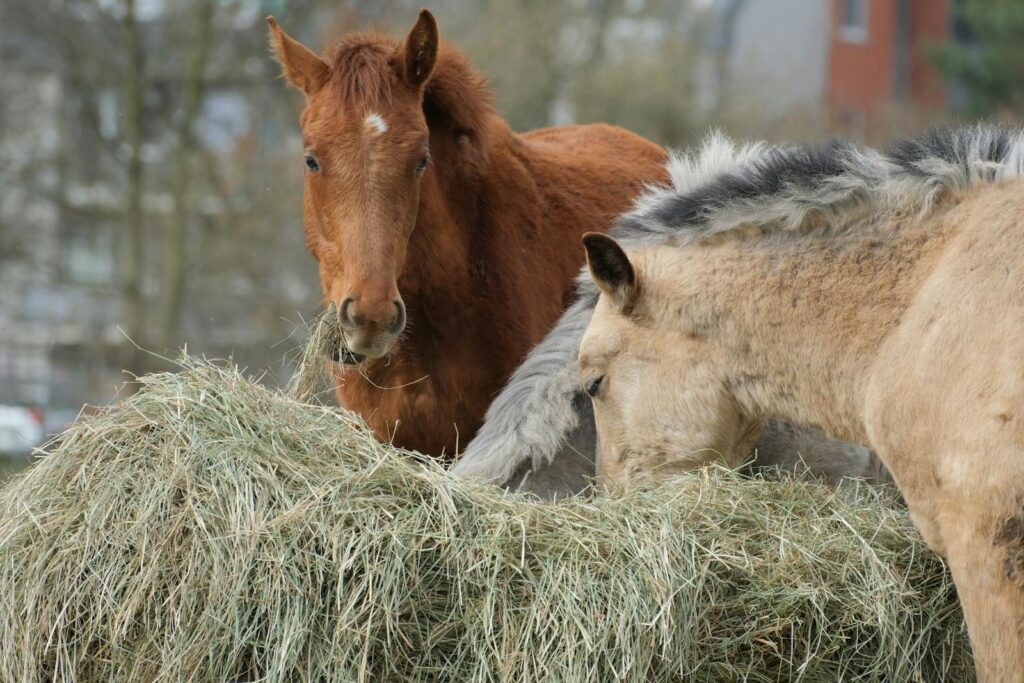
Before implementing any dietary changes, it’s essential to determine what a healthy weight looks like for your specific horse. Ideal weight varies significantly based on breed, age, height, and intended use – a Thoroughbred racehorse will have different requirements than a draft horse or a pony. Professional equine nutritionists often use body condition scoring (BCS) systems that evaluate fat deposits in key areas like the ribs, tailhead, neck, and withers, typically on a scale of 1 (emaciated) to 9 (extremely obese), with 4-6 generally considered ideal for most horses. Regular weight tape measurements, though not perfectly accurate, can provide valuable tracking data when used consistently over time to monitor trends. Some equine facilities offer access to livestock scales for precise measurements, which can be especially useful for growing horses or those recovering from illness.
The Fundamentals of Equine Nutrition
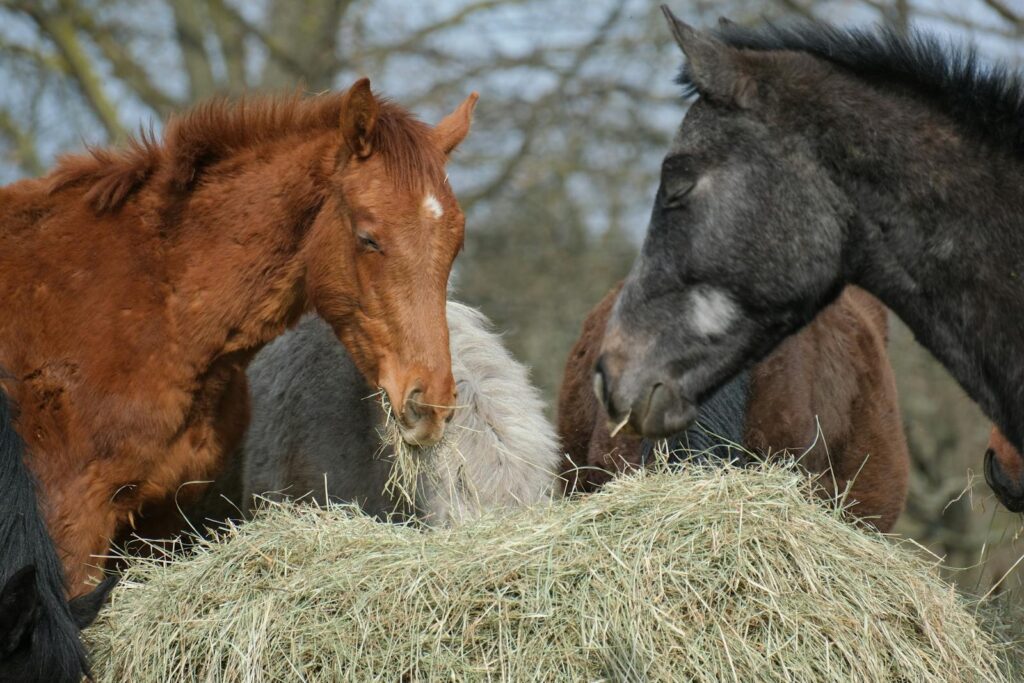
Horses evolved as grazing animals, designed to consume small amounts of fibrous plant material continuously throughout the day. This natural feeding pattern supports their digestive health, as the constant production of saliva helps buffer stomach acid and prevent gastric ulcers. High-quality forage (hay or pasture) should form the foundation of every horse’s diet, ideally constituting 1.5-2% of their body weight daily. Concentrates like grain or commercial feed should be limited and only used when necessary to meet energy requirements not satisfied by forage alone. Water intake is equally crucial, with the average adult horse requiring 5-10 gallons daily, increasing with work level, lactation, or hot weather. Understanding these basic principles helps horse owners make informed decisions about their animals’ nutritional needs.
Implementing a Body Condition Scoring System
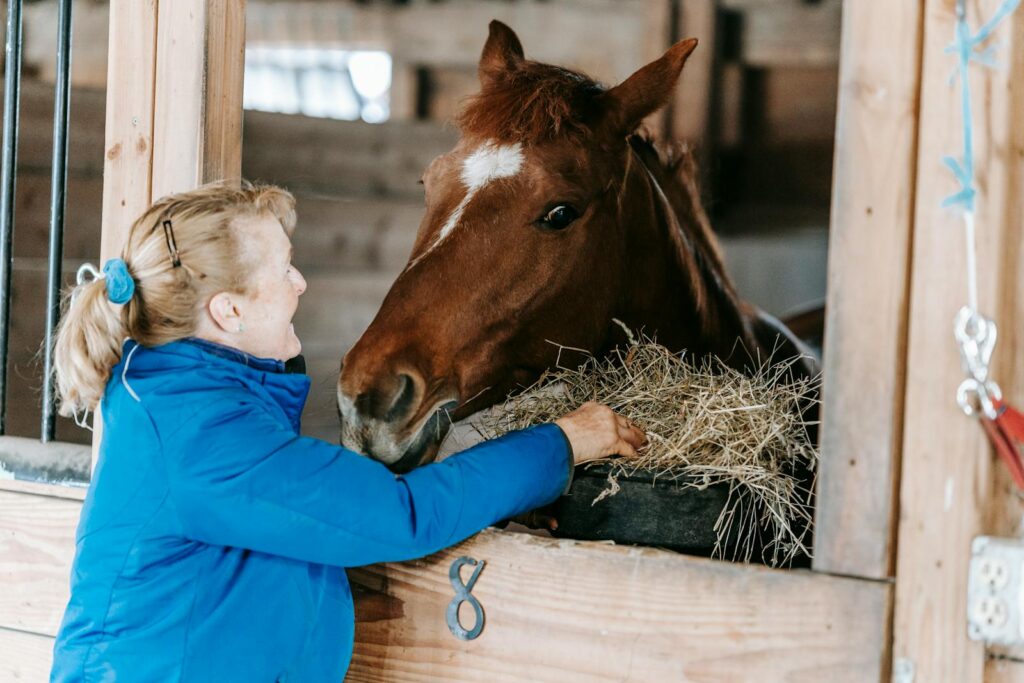
Body condition scoring provides a systematic approach to evaluating your horse’s weight status beyond simple visual assessment. The Henneke Body Condition Score, widely used in the equine industry, examines six specific areas: neck, withers, shoulder, ribs, loin, and tailhead. Each area receives a numerical rating, with the average determining the overall score. Most performance horses function best at a score of 5, where ribs can be felt but not easily seen, and the withers and shoulder blend smoothly into the body. Pregnant mares benefit from slightly higher scores around 6-7 to support fetal development and subsequent lactation. Learning to accurately score your horse takes practice but becomes an invaluable skill for long-term management, allowing you to notice subtle changes before they become problematic and adjust feeding practices accordingly.
The Critical Role of Forage
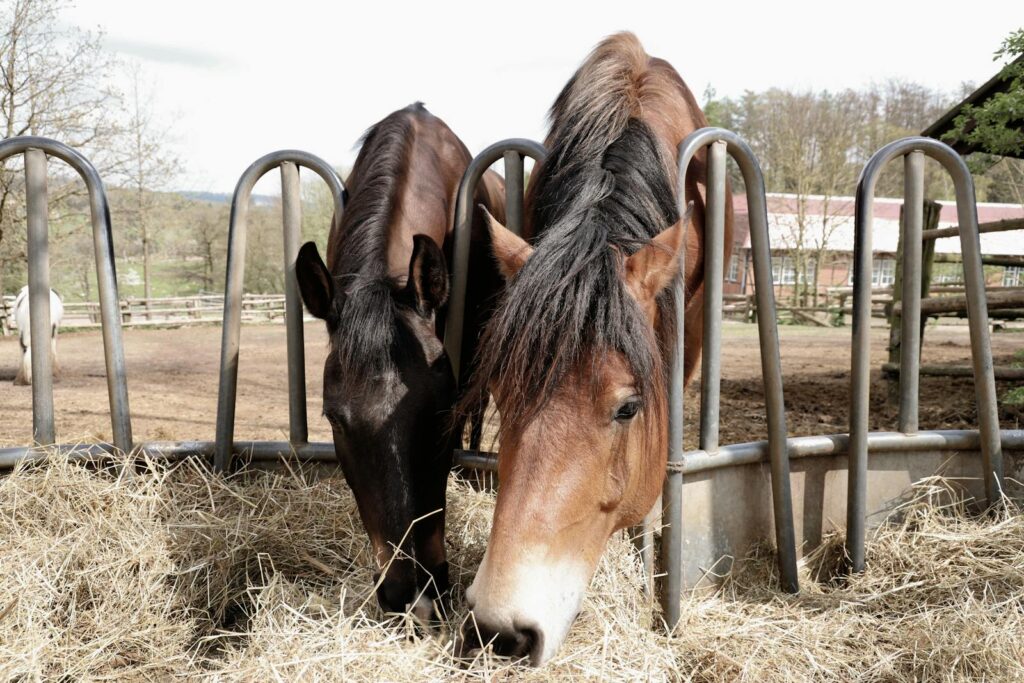
Forage should constitute the cornerstone of every equine diet, providing essential fiber that maintains digestive health and prevents behavioral issues related to boredom. The type of forage offered significantly impacts weight management – legume hays like alfalfa contain higher protein and caloric content than grass hays such as timothy or orchard grass, making them better suited for horses needing weight gain. Having your hay analyzed by a laboratory reveals its nutritional profile, allowing for more precise ration balancing rather than guessing at its quality. Slow-feeding systems like hay nets with small openings or specially designed feeders can extend eating time, mimicking natural grazing patterns while restricting overall intake for easy keepers. During seasons when fresh pasture is abundant, careful management through rotational grazing or limited turnout time becomes essential for horses prone to weight gain.
Strategic Concentrate Feeding
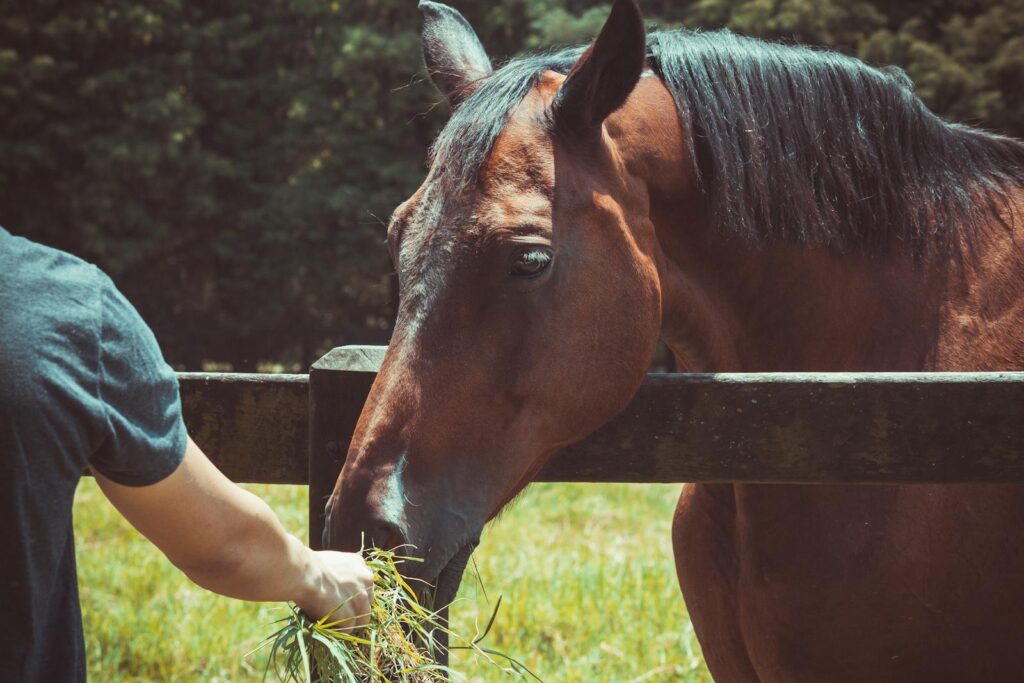
Concentrates should be viewed as supplements to the forage-based diet, not as primary nutrition sources for most horses. These energy-dense feeds require careful measurement and portioning based on the individual horse’s needs, activity level, and metabolism. Hard-working athletes, lactating mares, and growing youngsters typically benefit from properly formulated concentrates that provide additional calories and nutrients. For easy keepers or horses in light work, a balancer pellet may provide necessary vitamins and minerals without excess calories that contribute to weight gain. When feeding concentrates, divide the daily ration into multiple small meals rather than one or two large portions to avoid overwhelming the digestive system with starch. Sudden changes in concentrate type or amount can trigger digestive upset, so always transition gradually over 7-10 days when making adjustments.
Managing the Easy Keeper
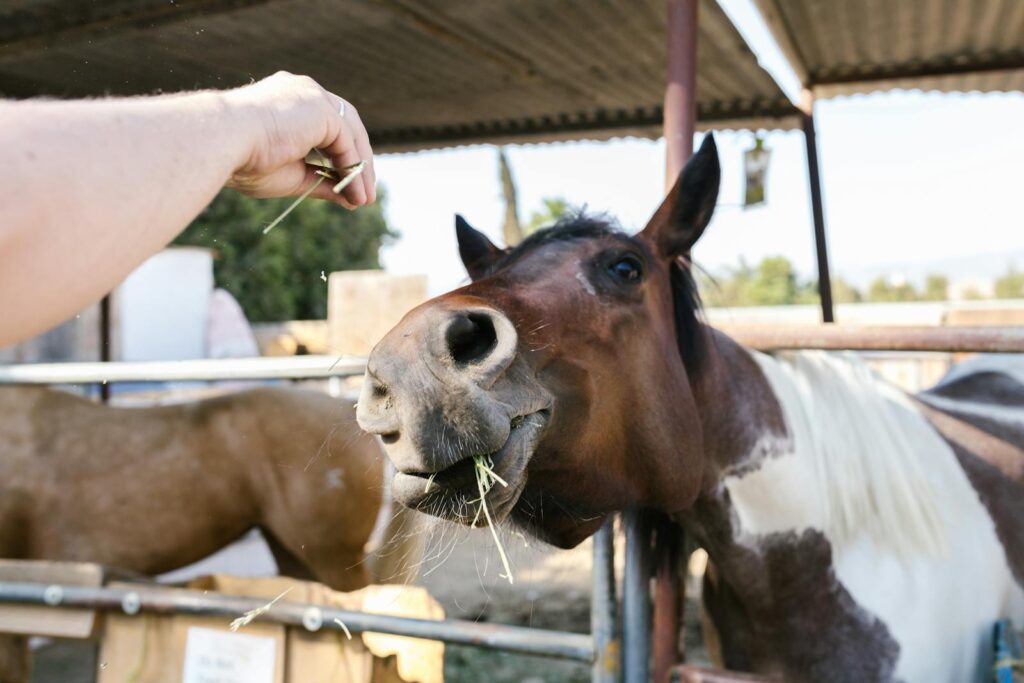
Certain breeds and individual horses seem to gain weight merely by looking at food, presenting unique challenges for their caregivers. These “easy keepers” – often ponies, draft breeds, or horses with metabolic issues – require particularly stringent dietary management to prevent obesity and related health problems. Implementing a grazing muzzle during turnout allows for exercise and social interaction while reducing grass consumption by up to 80%. Lower-calorie grass hays with mature stems and fewer leaves provide necessary gut fill without excess nutrition, making them ideal choices. Soaking hay for 30-60 minutes can reduce sugar content for metabolic horses, though this practice also removes some beneficial nutrients and should be used judiciously. Creating physical distance between horses during feeding time ensures that easy keepers don’t steal portions from their herdmates who might need additional calories.
Supporting the Hard Keeper
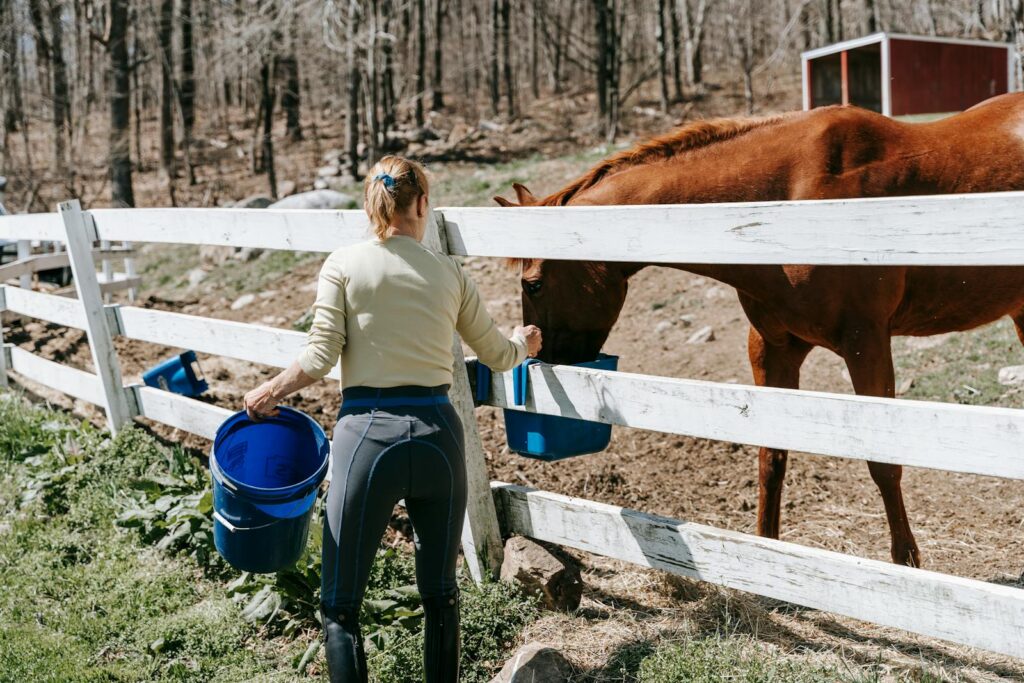
At the opposite end of the spectrum, “hard keepers” struggle to maintain adequate weight despite access to seemingly plentiful feed. These horses often benefit from comprehensive veterinary evaluation to rule out underlying health issues like dental problems, parasites, or gastric ulcers that might interfere with proper digestion and absorption. Once medical causes are addressed, dietary modifications typically include providing free-choice quality forage and dividing concentrate rations into 3-4 small meals daily to maximize digestion. Adding high-fat supplements like rice bran, flaxseed, or commercial weight-gain products can increase caloric intake without the digestive risks associated with excess starch. Creating a low-stress feeding environment where anxious or timid hard keepers don’t have to compete with more dominant horses for food access can significantly improve weight gain success.
The Impact of Exercise on Weight Management
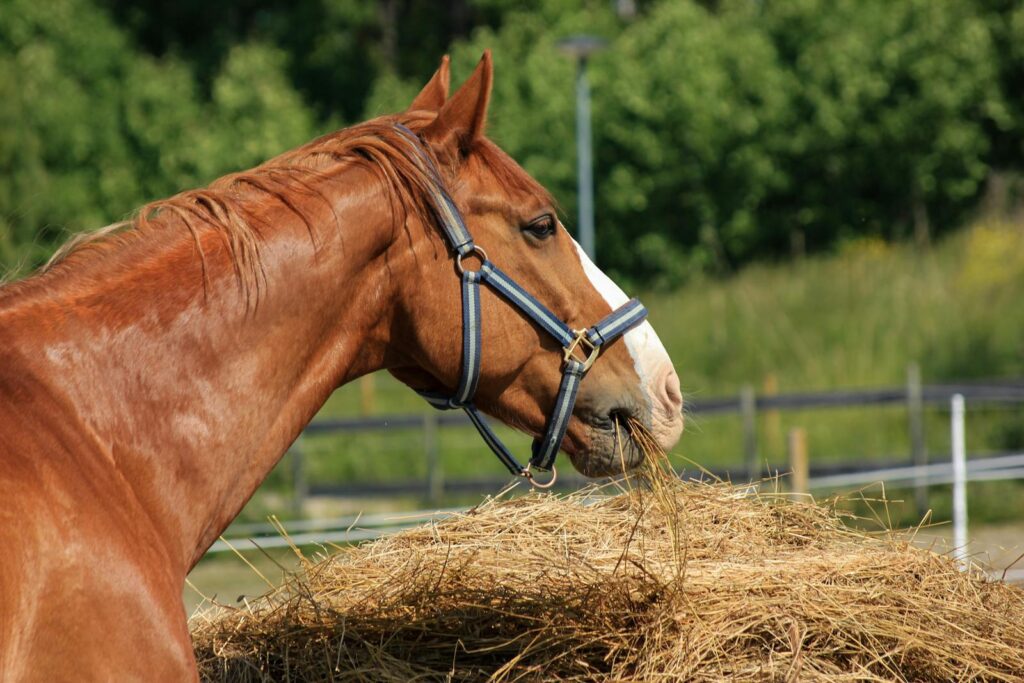
Exercise plays a dual role in equine weight management – burning calories while improving metabolic efficiency and muscle development. A consistent workout program tailored to the horse’s fitness level and purpose contributes significantly to maintaining optimal condition. For overweight horses, gradually increasing exercise intensity helps shed excess pounds while building cardiovascular fitness, though care must be taken not to stress joints already burdened by extra weight. Unexpectedly, underweight horses often benefit from appropriate exercise as well, as it stimulates appetite and builds muscle mass that contributes positively to overall body condition. Activities that incorporate variety – like trail riding, groundwork, and arena exercises – prevent boredom while engaging different muscle groups. Monitoring recovery time and respiration rate helps ensure the exercise program remains appropriate for the horse’s current fitness level.
Seasonal Adjustments to Feeding Programs
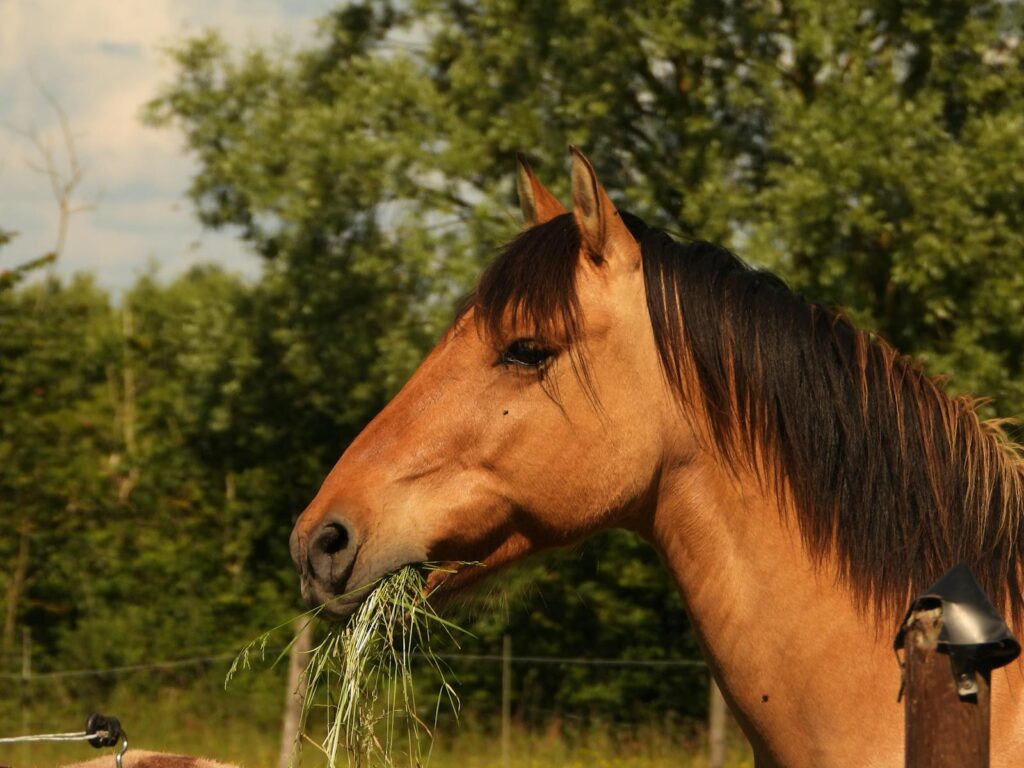
Horse nutritional requirements fluctuate throughout the year based on environmental conditions, available forage, and activity levels. Spring often brings lush pasture growth rich in sugars and fructans that can trigger weight gain or even laminitis in susceptible horses, necessitating careful grazing management. Summer heat may suppress appetite while increasing water requirements, requiring particular attention to hydration and electrolyte balance. Fall typically means preparing for winter by gradually increasing caloric intake as temperatures drop and metabolic demands for warmth increase. Winter feeding presents unique challenges in many regions, as horses may burn up to 25% more calories maintaining body temperature in cold weather while simultaneously having less access to fresh forage. These seasonal variations require proactive planning and regular reassessment of body condition to maintain consistent weight throughout the year.
Addressing Special Needs: Senior Horses
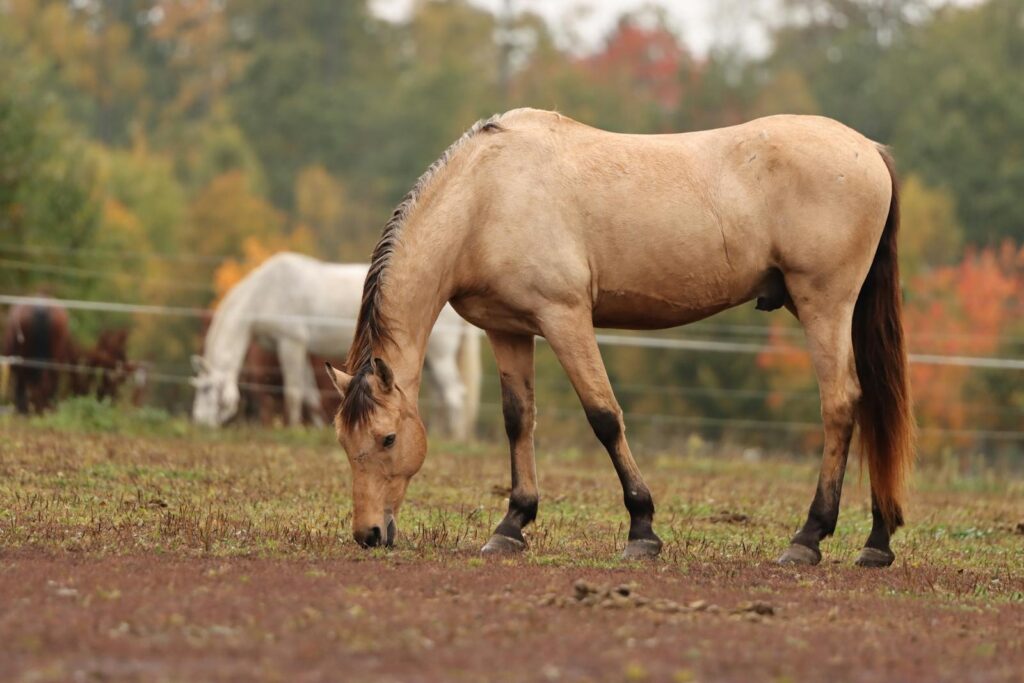
Aging horses face particular challenges in weight management as their bodies undergo natural changes in metabolism, digestion, and dental function. Many seniors develop dental issues that compromise their ability to properly chew long-stem forage, necessitating alternatives like chopped hay, soaked hay cubes, or complete senior feeds designed to be easily consumed and digested. Their protein requirements often increase as muscle maintenance becomes more difficult, making protein quality particularly important. Senior horses may develop insulin resistance or Cushing’s disease (PPID), requiring specialized low-sugar diets to prevent complications. Dividing daily feed into multiple small meals helps compensate for reduced digestive efficiency while ensuring adequate nutrition. Regular body condition assessment becomes especially important for senior horses, as weight loss can occur rapidly during illness or extreme weather and may be difficult to regain.
The Importance of Regular Health Assessments
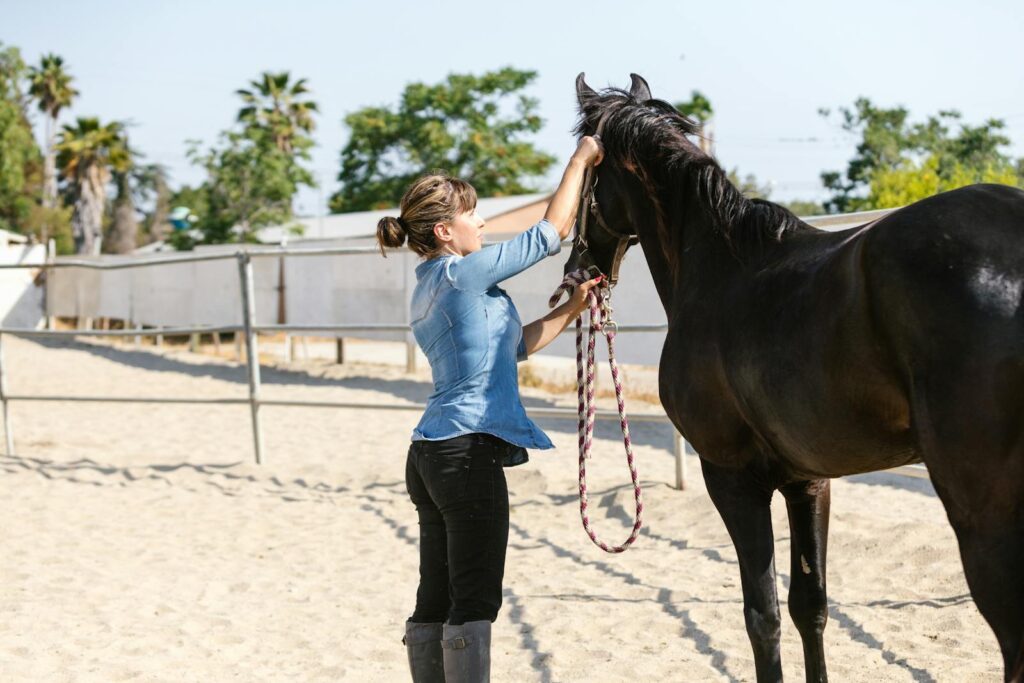
Maintaining optimal equine weight requires regular professional evaluation beyond owner monitoring. Scheduling routine veterinary examinations at least annually allows for early detection of health issues that might affect weight or require dietary adjustments. Dental care profoundly impacts nutrition – even minor abnormalities in tooth wear can significantly reduce a horse’s ability to properly chew and digest feed. Parasite control programs tailored to your specific farm conditions help ensure that nutrients go toward maintaining your horse’s health rather than supporting internal parasites. Blood work can identify metabolic disorders, liver dysfunction, or nutritional imbalances that manifest as weight problems before they become serious health crises. These professional assessments complement your daily observations and provide crucial objective data for making informed management decisions.
Creating Sustainable Feeding Systems

Developing efficient, practical feeding routines that can be consistently maintained contributes significantly to long-term weight management success. Investing in proper storage facilities protects hay and feed quality, preventing mold growth and nutrient degradation that could compromise health and nutrition. Accurate measuring tools like scales and calibrated scoops eliminate guesswork and ensure horses receive precisely what they need. Documentation systems – whether digital apps or simple notebooks – track feed amounts, body condition scores, and response to dietary changes over time, revealing patterns that might otherwise go unnoticed. Creating redundancy in feeding knowledge by ensuring multiple people understand each horse’s requirements prepares for situations when the primary caretaker is unavailable. These systematic approaches transform weight management from a reactive process to a proactive, preventative health strategy.
When to Seek Professional Nutritional Guidance

While basic weight management principles apply universally, complex cases often benefit from specialized expertise. Consulting with an equine nutritionist becomes particularly valuable when dealing with horses that have medical conditions like metabolic syndrome, Cushing’s disease, or recurrent colic episodes that require precise dietary management. Performance horses working at high levels may need carefully calibrated nutrition plans to support energy requirements while preventing digestive upset. Breeding operations benefit from professional guidance during critical developmental stages like late gestation, lactation, and young horse growth. Even seemingly straightforward weight issues that don’t respond to conventional management strategies warrant professional consultation, as they may indicate underlying problems requiring specific intervention. These experts bring not only theoretical knowledge but practical experience with diverse feeding situations that can be adapted to your particular circumstanc
Conclusion
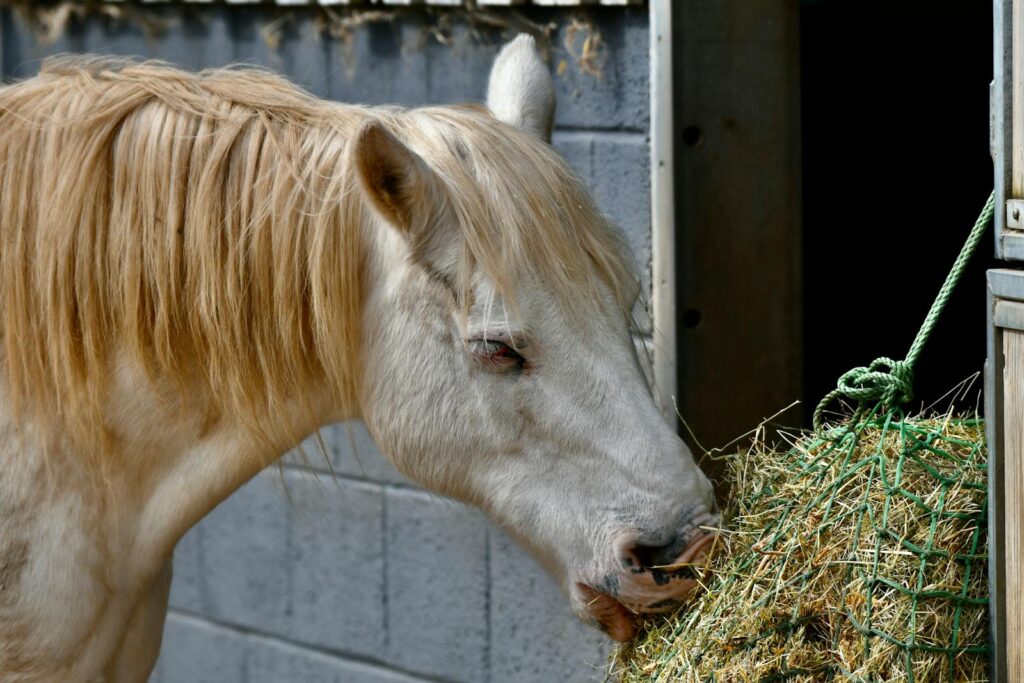
Successful equine weight and diet management requires a thoughtful, consistent approach that combines science-based nutrition principles with careful observation of the individual horse. By understanding the foundational role of forage, implementing appropriate feeding practices, and regularly monitoring body condition, horse owners can maintain their equine partners at optimal weights throughout their lives. Remember that small, gradual adjustments are always preferable to dramatic dietary changes, and that each horse responds uniquely based on their genetics, activity level, and metabolic efficiency. With patience and attentiveness, you can develop a feeding program that supports your horse’s health, performance, and longevity while avoiding the pitfalls of both excess and insufficient weight.

